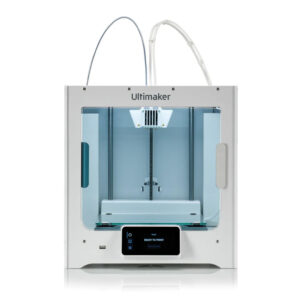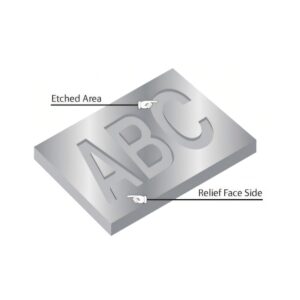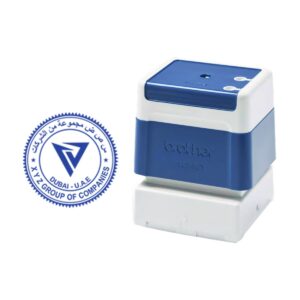Choose Between Classic Analog or Smart NFC Technology
Our high-security access cards provide foolproof entry management,
granting instant yet controlled access to protected areas. Opt for time-tested
analog cards or embrace next-gen NFC technology — both engineered for
reliability and seamless integration with your existing systems
Access cards are a crucial component of modern access control systems, offering an efficient and secure way to manage entry into restricted areas. Whether using magnetic stripe, RFID, NFC, or smart cards, these systems help enhance security, track entry, and provide convenient access for authorized users. Although they come with some costs and challenges, the benefits—especially in terms of security and convenience—make access cards an essential tool for organizations and institutions looking to safeguard their premises.
How Access Cards Work
Access cards use different technologies to communicate with access control systems. The two main types of access cards are contact cards (which require physical contact with a reader) and contactless cards (which do not need direct contact).
- Magnetic Stripe Cards: These cards have a magnetic stripe on the back that contains encoded data. The data usually includes a unique identifier for the user.
When swiped through a magnetic reader, the card’s information is read, and access is granted if the identifier matches authorized data in the system.
- Proximity Cards (RFID Cards): These cards use Radio Frequency Identification (RFID) technology, where a small chip inside the card communicates wirelessly with a nearby reader.
The card does not need to make physical contact with the reader. Proximity cards typically have a short-range, and access is granted when the card is brought near the reader.
- NFC (Near Field Communication) Cards: NFC access cards are a type of smart card that uses short-range communication technology (a subset of RFID) to transmit data to the reader.
NFC technology enables two-way communication, which makes these cards more secure and allows for more functionality, like integrating with mobile devices for access control.
Common use of Access Card
- Office Buildings: Employees use access cards to gain entry to the building or certain office areas.
- Residential Buildings: Residents or staff use access cards to enter secure areas like parking lots or the main building.
- Government Facilities: Access cards are used to restrict entry to sensitive government or military facilities.
- Hotels: Guests use access cards to enter their rooms and common areas.
- Public Transportation: NFC cards are commonly used in public transit systems (e.g., metro, buses) for fare collection and access to services.
- Universities and Hospitals: Students, staff, and visitors use access cards to enter specific areas like classrooms, dormitories, or patient rooms.
- Restricted Zones: Access cards are used to limit entry to restricted zones in factories, laboratories, and other high-security areas.







